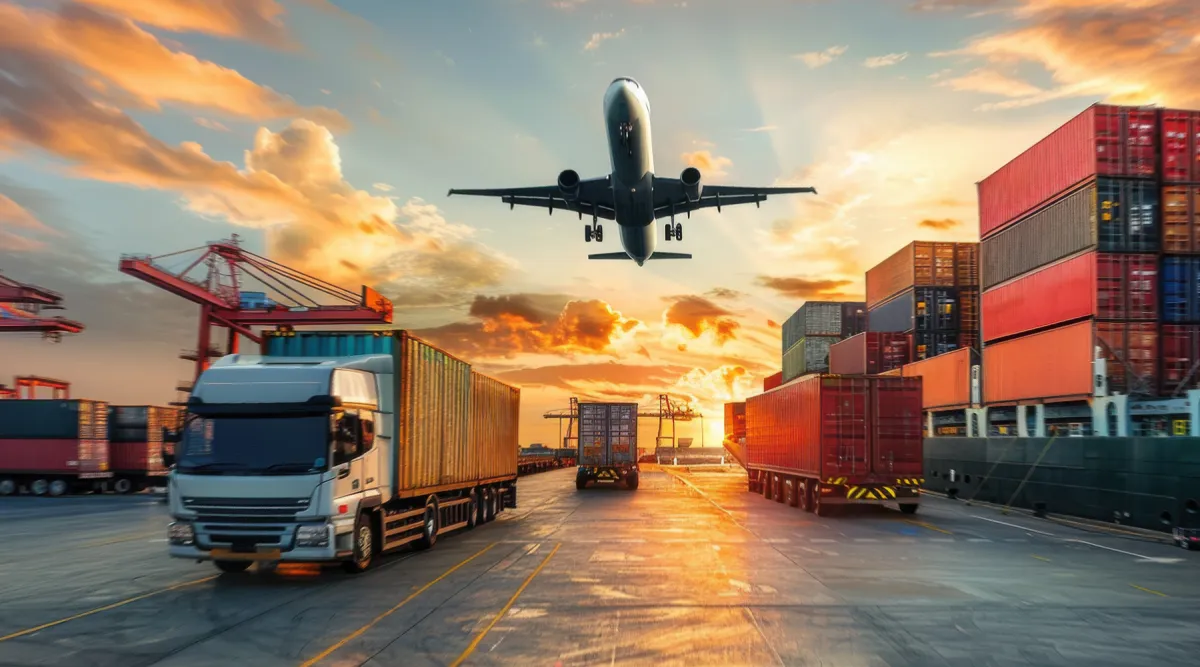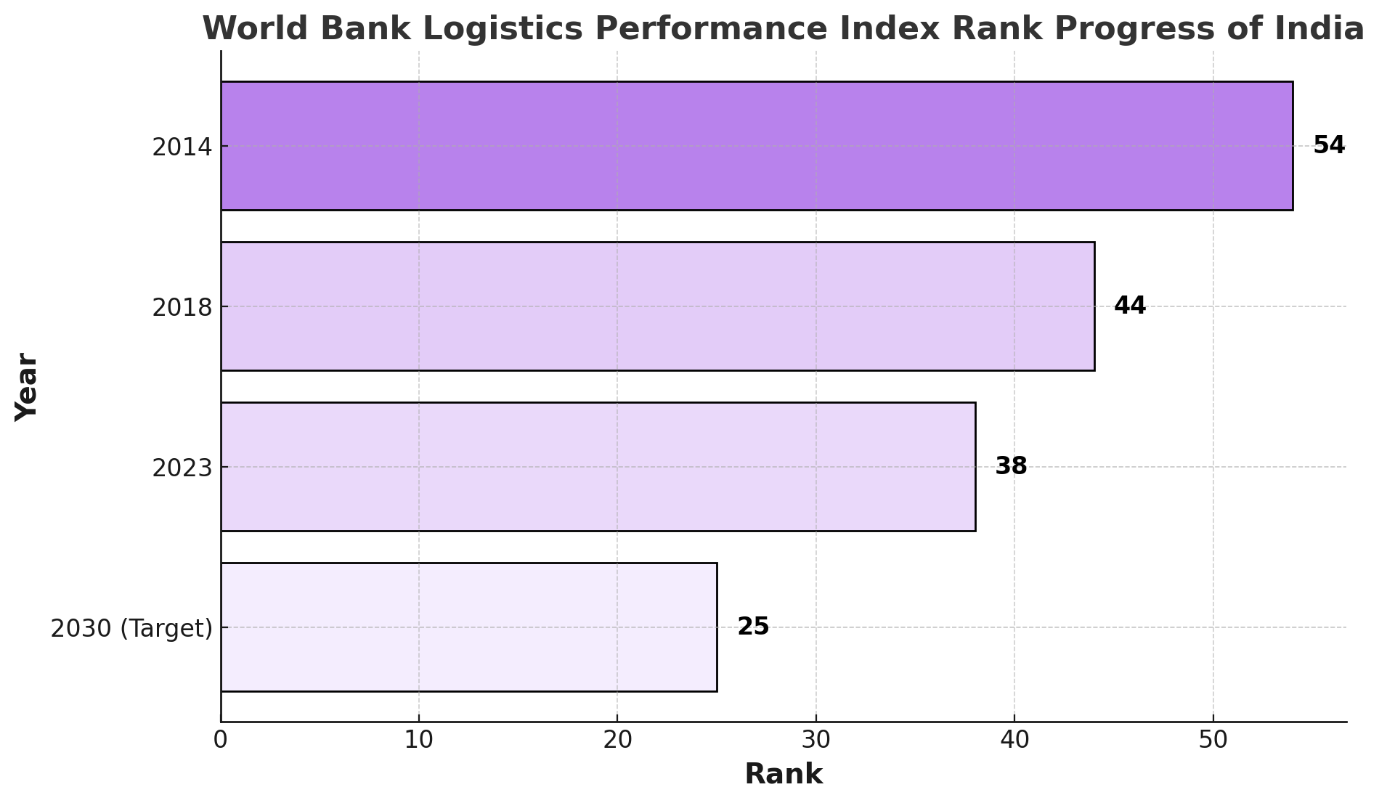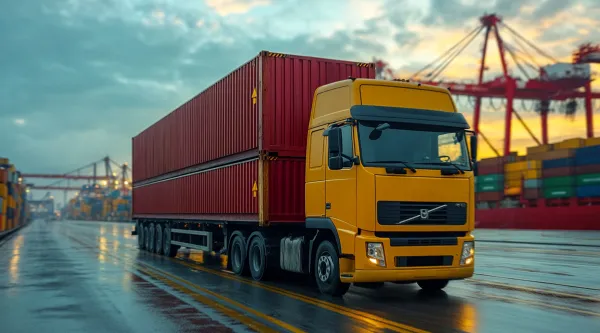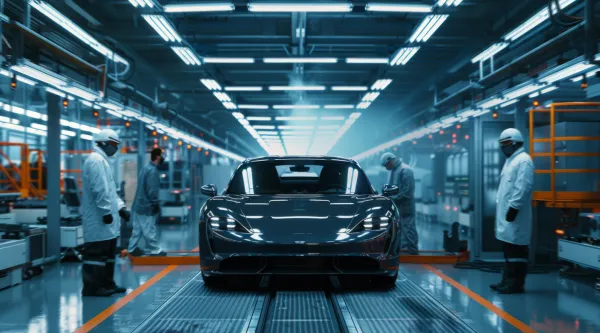What is the Impact of AI and Technology on India’s Logistics Sector Worth USD 480 Bn?

India’s logistics sector is growing rapidly driven by rapid economic growth, digital transformation, connecting trade, and evolving consumer expectations. The Indian freight and logistics market is projected to grow at an annual rate of 8.7% to reach USD 480 billion by 2029, from USD 316 billion in 2024.
However, traditional logistics models are struggling to keep pace with the rising demand for speed, efficiency, and transparency. India currently holds the 38th position out of 139 countries in the World Bank Logistics Performance Index (LPI) and is striving to be among the top 25 by 2030.

AI and digital technologies are reshaping the sector by enhancing operational efficiency, optimizing supply chains, and setting the foundation for sustainable growth. This article explores the transformative impact of AI, automation, and innovation on India’s logistics ecosystem and offers strategic insights for industry leaders.
At a Glance
- AI and Technology as a Catalyst for Change
- What is the Role of Government in Technology Integration?
- The Vibrant Future
AI and Technology as a Catalyst for Change
- The adoption of AI-driven solutions is accelerating across the Indian logistics landscape, improving cost efficiency, operational reliability, and service quality. India's AI adoption index rose from 2.45 in 2022 to 2.47 in 2024 on a 4-point scale, with 87% of companies in the middle stages of AI adoption.
- AI-powered algorithms analyze real-time data, such as traffic conditions and weather patterns, to identify the most efficient transport routes reducing fuel costs and ensuring on-time deliveries. In May 2024, Delivery Limited developed an AI-powered RTO (Return to Origin) Predictor that helped over 4,800 e-commerce businesses reduce return shipments and logistics costs by up to 20%.
- Warehouse automation is another area witnessing a significant transformation. AI-enabled inventory management systems, robotic process automation (RPA), and automated storage and retrieval systems (ASRS) are streamlining operations, minimizing errors, and increasing throughput.
What is the Role of Government in Technology Integration?
- The Indian government is boosting the drone industry through initiatives like a Production-Linked Incentive (PLI) scheme and the Drone Shakti scheme, supporting manufacturing, Drone-As-A-Service (DrAAS) startups, and skills training. The PLI scheme has seen increased business incentives as high as 37.5% with an allocation of ₹165 crore to be spent over three years.
- Furthermore, Leading Indian startups like TSAW Drones, Redwing Labs, Skye Air, and Garuda Aerospace are pioneering drone logistics solutions for healthcare, e-commerce, and other sectors, focusing on last-mile delivery, remote area access, and efficient supply chains.
- Government-backed initiatives like PM Gati Shakti and the National Logistics Policy (NLP) are key drivers of this transformation, focusing on infrastructure enhancement and supply chain streamlining. Under PM Gati Shakti, 434 projects worth Rs 11.17 lakh crore have been identified to improve logistics efficiency across key economic corridors.
- The government also aims to reduce logistics costs from the current 13-14% of GDP to single digits by 2030, aligning with its goal of making India a global logistics hub under Viksit Bharat 2047.
The Vibrant Future Ahead
India’s logistics industry is fundamentally shifting, driven by AI and digital innovation. Predictive analytics, robotics, blockchain, and IoT are reshaping logistics operations enhancing cost efficiency, sustainability, and service quality. With strong government support, rising private investments, and an increasingly tech-savvy business environment, the sector is on the path to becoming more streamlined, scalable, and globally competitive.
For logistics executives and investors, the imperative is clear adopting AI-driven transformation is not just a competitive differentiator but a necessity for long-term resilience and growth. As AI continues to evolve, logistics firms that embrace data-driven decision-making, automation, and end-to-end digital integration will be best positioned to capitalize on India’s rapidly expanding logistics market. By aligning technological advancements with strategic business goals, the industry will potent new growth avenues and reinforce its role as a critical driver of economic progress.


